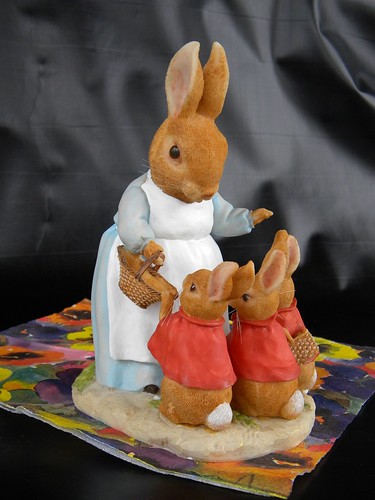I love a good prologue. My first favorite writer always included them, and even when they read more like a first chapter than a novel introduction, I was always down. It wasn't until I started reading writing forums and looking at writer blogs that I realized some people hate them -- passionately, vehemently, unendingly. And if you start looking for writing tips at will, you're going to find a lot of know-it-alls who will tell you, over and over again, that prologues are anathema in fiction.
I don't agree...and I'm here to defend prologues.
Prologues, a History
Prologues have a long history as an integral part of fiction. Shakespeare and other playwrights opened their stories with prologues, generally delivered in a monologue, in order to set the stage for the audience. The prologue from Romeo and Juliet is famous ("In fair Verona, where we lay our scene...").
Since those early days of fiction writing, novelists have adopted their own version of the prologue -- but they still serve the same purpose. Authors use prologues to introduce a story, certain characters and situations. Sometimes, they're used to tell an important piece of a character's history. Sometimes, they're used at the beginning of series books to catch readers up on all that happened in the story before. Sometimes, maybe they're used too much.
Prologues, and Why Readers Hate Them
Prologues are a point of contention among many readers and writers, and there are some who say they're a terrible literary decision in just about all cases. One writer called them "the blight upon all who read."
Yeah, that's kind of harsh. If a bad prologue is the worst thing you have to face in a book, count yourself lucky. I'm reading a book right now that has -- at last count -- 15 different scenes of a character fooling around on Facebook. I am not even 40% of the way through this book. What I wouldn't give for a prologue that condenses all 15 of those scenes into a few concise paragraphs, right?
Emphasis on the concise part. The main reason that some seem to so passionately hate prologues is because they tend to feel extraneous. If you start reading a book, you expect to get right to the interesting parts -- right? A chapter-length prologue that goes into a long, detailed backstory is only going to delay the enjoyment of the action readers are trying to reach. Too many ingredients can spoil any story. Prologues should serve as a delightful little appetizer before the main course, which begins in chapter 1.
The Prologue Argument
What I'm saying is this: readers hate prologues when they don't serve a purpose. If yours introduces something important and helps to set the scene that I, as a reader, need to understand, then isn't it necessary? Your prologue shouldn't quite read the same as the rest of the book; it shouldn't be comprised of paragraphs that just as easily could have been written into the first chapter. It should do exactly what prologues have always done: set the scene. If it does, write it and forget about all the prologue hate.
After all, weren't they good enough for Shakespeare?



























